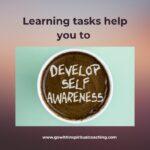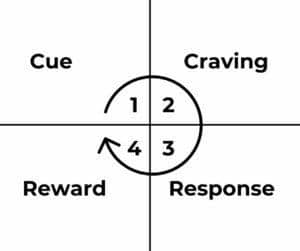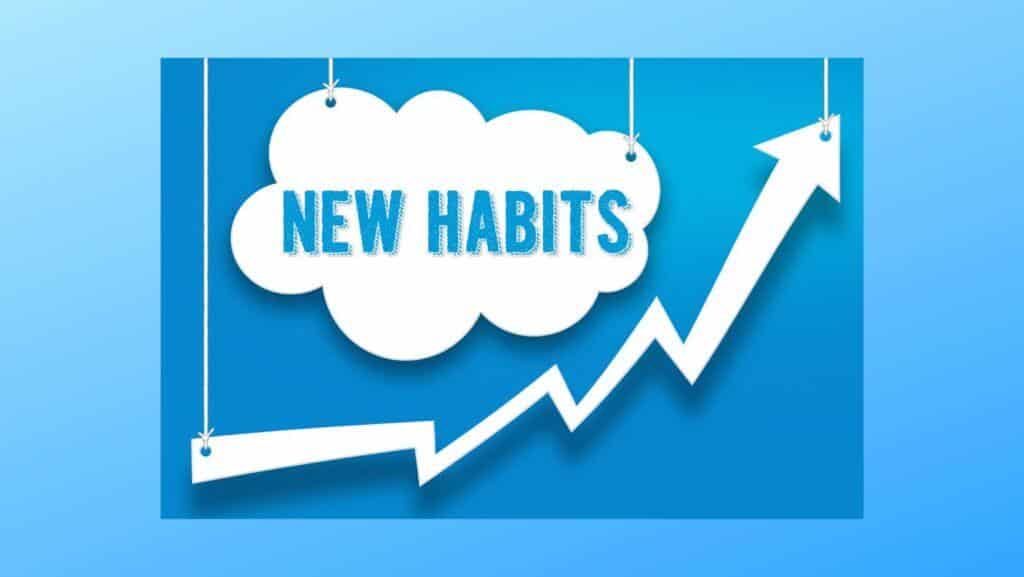
Step 7: Form New Habits
“Healthy habits are learned in the same way as unhealthy ones—through practice.”
~ Wayne Dyer
The last step in the transformational coaching process is to form new habits. You’ve almost completed your journey, where you began with a problem and a desire for change. After identifying the issue you wanted to
The next step was to search and find the underlying pattern of your paradigm that prevents you from living the life you desire. The exploration of your beliefs and assumptions, along with your needs and goals, identified the strategies you created that caused your actions. Those actions gave you the unfavorable outcomes that transpired in your life.
You identified your First Order problem, which is the problem you presented. It led to uncovering the Second Order problem, which was the cause of your presenting problem. And finally, you recognized the Third Order problem, which was the pattern that kept your Second Order problem from being faced; it locked the paradigm in place.
You then courageously owned the pattern and learned from it. 
The fifth step was to question and release the paradigm. You recognized your paradigm, and the strength of your ego may have accelerated or hindered your change. Working through to thoroughly understand your paradigm, you discovered how your paradigm served you in life, how it limited you, and most significantly, how it was your teacher, allowing you to release it.
After this discovery and “letting go” process, you experimented to find a more expansive paradigm that supported your transformational goal. You did this by using your imagination and role-play. A new paradigm map was populated, starting with the strategies necessary to produce your desired results. As you filled the map out, you began to see your transformational goal emerge.
Finally, we arrive at the last step in your journey, Step 7: Form New Habits. You’re almost there, but it is here you need to commit yourself to cross the finish line by forming and practicing new habits.
Commitment to a new practice, to practice itself, is your final stage of transformation.
Commitment has significant power in one’s psyche, and from this place, a new paradigm gets reinforced, deepened, and embodied to the extent that it becomes your new and enduring way of being.
Freedom from your old paradigm comes at a price: your comfort. The more you need comfort, the more you will hold onto your old paradigm. A full, exciting life and being always comfortable don’t co-exist. It is here where you have to be comfortable with being uncomfortable.
Form New Habit and Practice Accountability
“Practice is the price of mastery. Whatever you practice over and over again becomes a new habit of thought and performance.”
~ Brian Tracy
First, you agree that a new habit needs to be formed. Then, a strategy to develop new habits needs to be implanted into your life. James Clear’s four-step process is ideal for this.
They are as follows:
- Cue. The cue triggers your brain to initiate a behavior, a bit of information that predicts a reward. Prehistoric humans paid attention to cues that signaled the location of primary rewards like food, water, and sex. Today, we spend most of our time learning cues that predict secondary rewards, like money and fame, power and status, praise and approval, love and friendship, or a sense of personal satisfaction.

Sometimes you can influence cues, ex.: no chocolate in the house.
- Craving. Cravings are the second step and the motivational force behind every habit. Without some level of motivation or desire—we have no reason to act. What you crave is not the habit itself but the change in state it delivers.
This is the crucial part. In a transformation, you need a craving stronger than the craving for the cue (such as your craving for your transformational goal).
- Response. The response is the actual habit you perform: a thought or an action.
- Reward. Finally, the response delivers a reward. Rewards are the end goal of every habit. The cue is about noticing the reward, and the craving is about wanting the reward. The response is about obtaining the reward. We chase rewards because they serve two purposes:
-
- To satisfy your craving. At least for a moment, rewards deliver contentment and relief from craving.
- To teach us which actions are worth remembering. As you go about your life, your sensory nervous system continuously monitors which actions satisfy your desires and deliver pleasure.
These four steps can be transformed into a practical framework that you can use to design good habits and eliminate bad ones.
In James Clear’s Atomic Habits, he identifies three steps to change a habit, whether good or bad.
To create a good habit, you must:
The 1st law (Cue) Make it obvious.
The 2nd law (Craving) Make it attractive
The 3rd law (Response) Make it easy.
The 4th law (Reward) Make it satisfying.
To break a bad habit, you must:
Inversion of the 1st law (Cue) Make it invisible.
Inversion of the 2nd law (Craving) Make it unattractive.
Inversion of the 3rd law (Response) Make it difficult.
Inversion of the 4th law (Reward) Make it unsatisfying.
Old habits die hard. Commitment to a new practice and practice is the beginning of the final stage of transformation. Forming new habits is essential for solidifying your shift. Insight by itself is not enough; the process of habit formation is vital to sustaining your powerful paradigm shift. My hope for you is that you can stick to your commitment to practice which will lead your new paradigm to take hold.
Connect with me on Facebook and LinkedIn to learn how you can transform your life!


